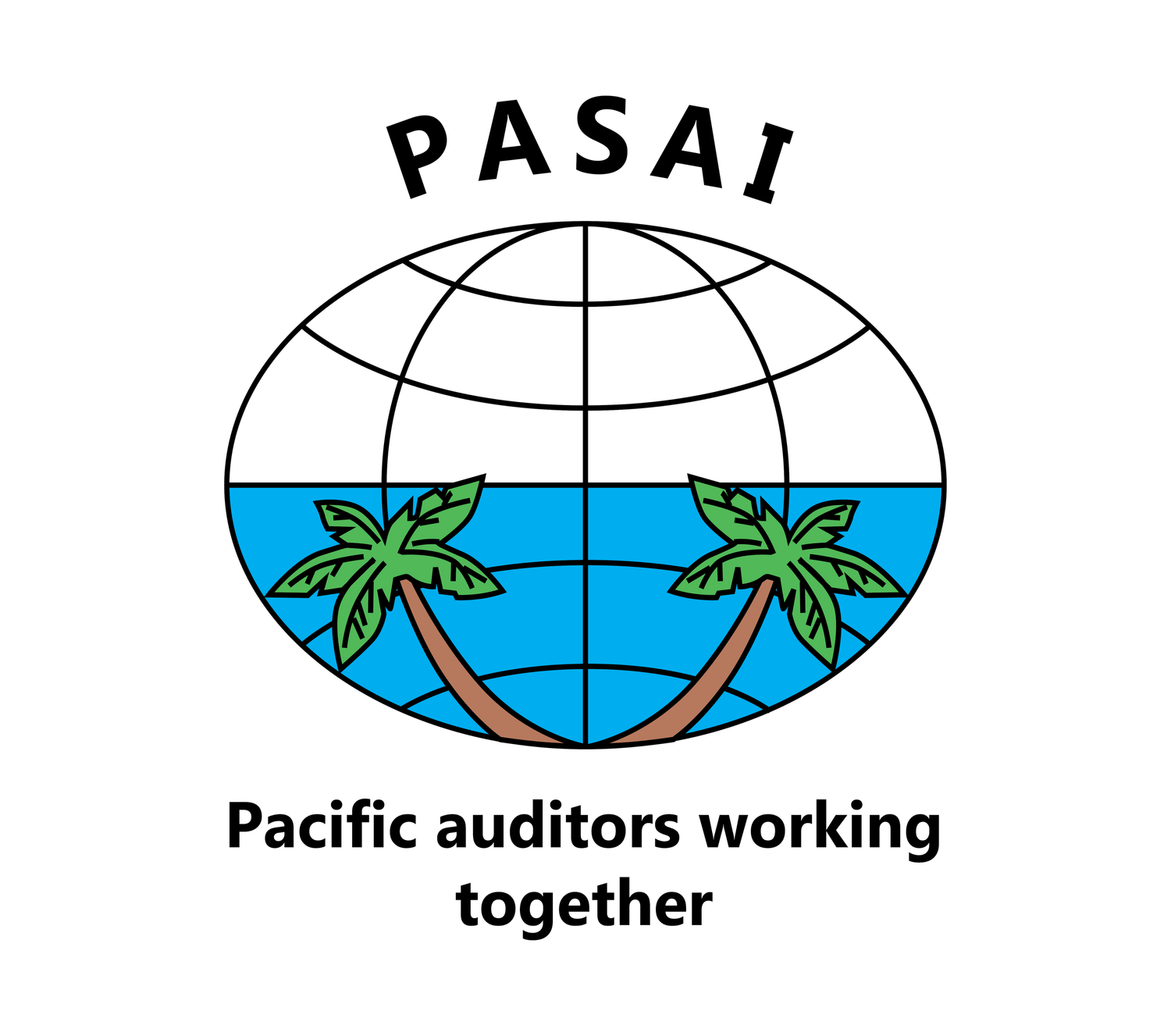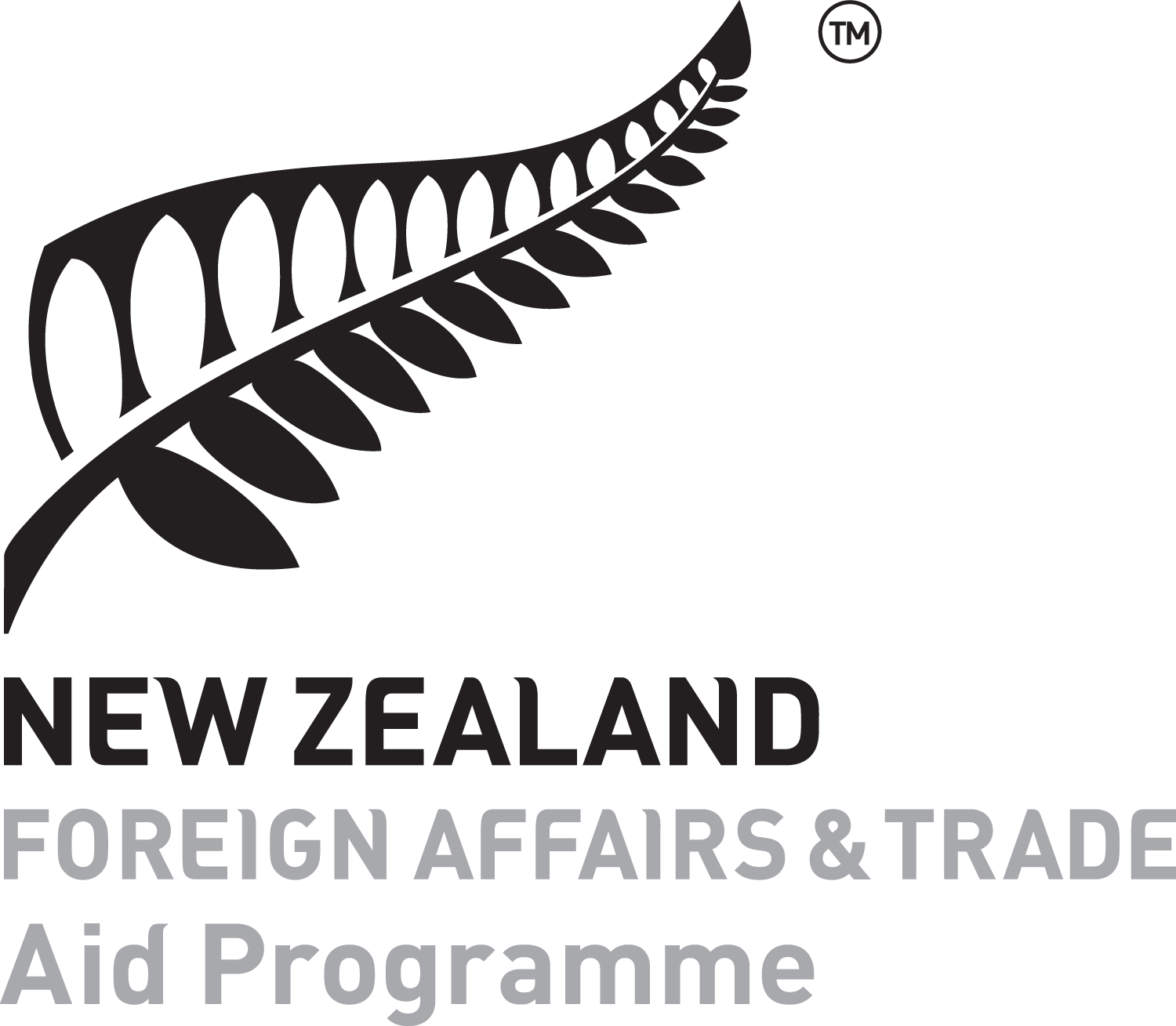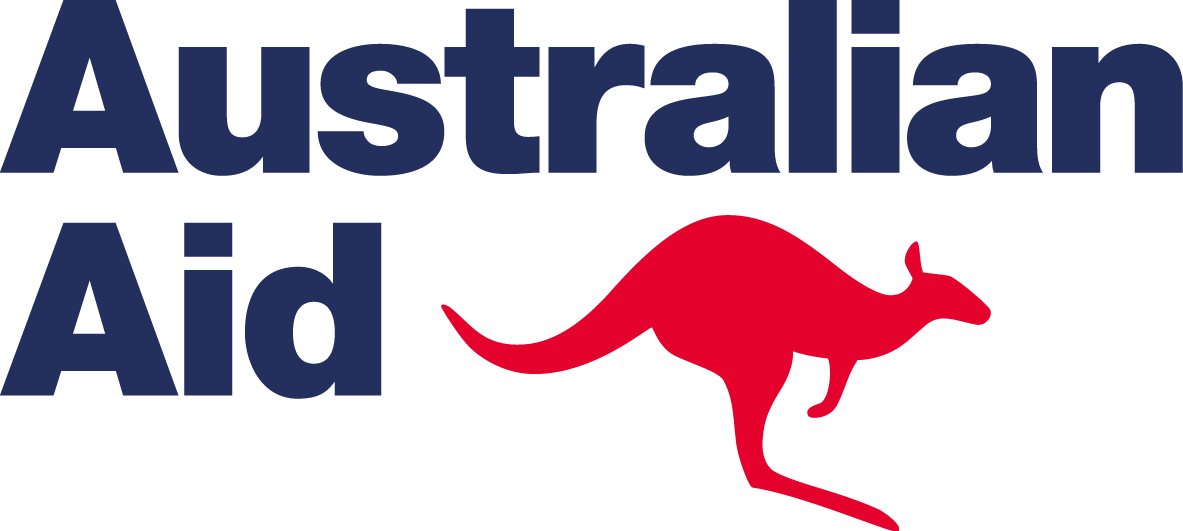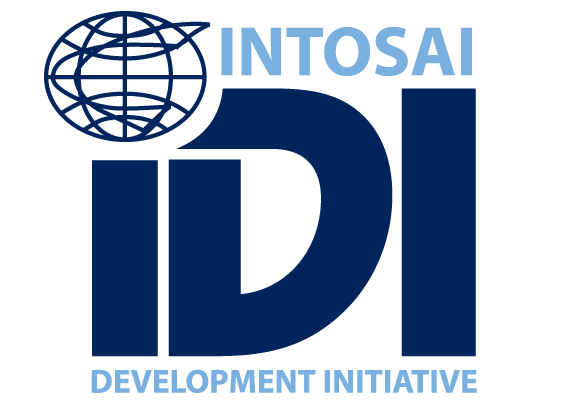Principle SEVEN –
The existence of effective follow-up mechanisms on SAI recommendations
SAIs should have effective follow-up mechanisms to help ensure that audit recommendations are implemented.
It is expected that:
arrangements are in place to allow the Legislature, or a legislative committee, to consider an audit report;
SAIs have the mandate to do follow-up audits or reports;
the Legislature, or a legislative committee, can report publicly on its findings and hold the Executive to account for SAI recommendations; and
other systems exist for ensuring SAI findings are followed-up and reported on.
Legislative examples of effective follow-up measures
Annual Reports (Public Audit Act 2007 – Tonga)
24(1) The Auditor General shall, without limiting the right to report at any other time, by 31 March of each year forward to the Speaker and to the Prime Minister, an annual report relating to the reviews and audits undertaken according to law.
(2) The Speaker shall, when the Legislative Assembly is in session, forthwith present the annual report to the members of the Legislative Assembly and give the members the opportunity to comment on the annual report. Where the Legislative Assembly is not in session the Speaker must forthwith present the annual report to the members at the start of the next ensuing session of the Legislative Assembly and give the members the opportunity to comment on the annual report.
(3) The Auditor General shall, without limiting the generality of subsection (1), provide in the annual report a signed statement in respect of every Ministry, Government agency, public enterprise or other organisation account audited that shall —
(a) comment on the audit undertaken, containing such information as will fairly disclose the Ministry’s, Government agency’s, public enterprise’s or other organisation’s complianceith the matters referred to in section 10(4)(a), (c) and (d) and section 14 together with such other information and comments relating thereto as the Auditor General thinks fit; and
(b) include a statement or statements containing such matters as the Auditor General thinks fit relating to —
(i) any accounts or transactions that are required to be audited under this Act; or
(ii) the performance or exercise by the Auditor General of any of the functions, duties, or powers under this or any other Act.
(4) The Auditor General may publish and disseminate any annual report or any special report that has been presented to the Legislative Assembly
Audit reports of public bodies (Audit Act 2013 – Samoa)
40(1) The Controller and Auditor General must, in each year, prepare and submit to the Speaker an audit report of any audit of public bodies, related entities or audited subsidiaries of public bodies conducted under this Act or any Act or law.
(2) The Controller may include in the audit report under subsection (1):
(a) a list of public bodies, related entities or subsidiaries of public bodies that are not audited by the Controller for that particular year; and
(b) any deficiency or function that is not properly performed under generally accepted accounting principles and practices which the Controller considers to be significant; and
(c) any significant change in the Controller’s auditing approach from the previous year’s audit.
(3) The Controller must:
(a) notify the Prime Minister and the relevant Minister responsible of the contents of the audit report; and
(b) invite the, public body, related entity or subsidiary, statutory or local authority or other body to whom the audit report relates to make submissions or comments on the content of the audit report before a specified date; and
(c) within sixty days from the date to be specified in paragraph (b), forward the audit report with any comment received to the Speaker who must present it to the Legislative Assembly under section 42
Annual report to Parliament (Audit Act 2016 – Tuvalu)
33(2) For each financial audit in relation to a public sector entity in the preceding financial year, the report under subsection (1) shall —
(a) state —
(i) whether or not the audit has been completed; and
(ii) the results of the audit;
(b) draw attention to any case in which the functions relating to the financial management of the public sector entity were inadequately performed and if the matter is of sufficient significance to require inclusion in the report;
(c) report on what action (if any) was taken by the public sector entity to remedy significant deficiencies reported in previous reports on audits of the entity; and
(d) make such other observations and recommendations as the Auditor-General thinks appropriate.
Notes
It is rare for SAI legislation to explicitly provide that a SAI should follow-up its recommendations. However, a SAI is often required to provide its audit report to the Legislature, or a committee of the Legislature (for example a Public Accounts Committee), which can review the report and support the SAI in the follow-up process.
Some Public Accounts Committees may lack expertise or resources to adequately undertake their tasks. In the case of the former, a SAI could help the Public Accounts Committee by providing training sessions to the Committee to allow them to better understand audit reports and relevant technical terms. In the latter case, other international organisations may be willing to provide financial support or temporary staff to assist a Public Accounts Committee.
A Public Accounts Committee may be more engaged in the follow-up process if it has full confidence in the SAI, the SAI Head and the SAI’s work. Accordingly, it is important that the SAI develops a strong professional relationship with the Public Accounts Committee. Factors that may contribute to establishing such a relationship include getting the Public Accounts Committee involved in the development and review of a SAI’s work programme, providing the Public Accounts Committee with training on the SAI’s role and how to read an audit report, and ensuring that audit reports are well written and easy to read. It is particularly important that a SAI establish a strong relationship with the Chair.
It is also good practice for a SAI to follow-up with the auditee to see if the auditee has implemented the SAI’s recommendations. This follow-up action could take place 12 to 18 months after the original report has been made public and could be done by:
writing to the auditee and asking them whether it has implemented audit recommendations and also requesting relevant audit evidence; or
undertaking a short-follow up audit to examine whether the auditee has implemented audit recommendations.
In both circumstances, the follow-up work could be presented to the Legislature for further examination (for example, in the next annual report on audits).







